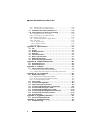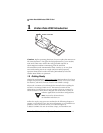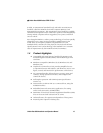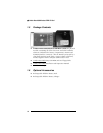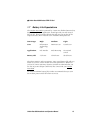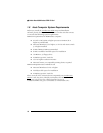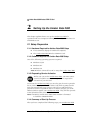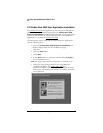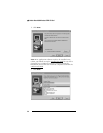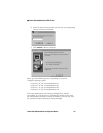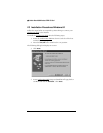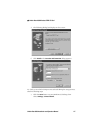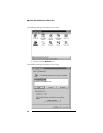
In 1989, an international standards body and trade association was
founded, called the PCMCIA (Personal Computer Memory Card
International Association.). This organization was founded to establish
standards for Integrated Circuit cards and to promote interchangeability
among mobile computers where ruggedness, low power, and small
size are critical.
Even though PCMCIA is a rather young technology, it has been quickly
adopted by every major personal computer manufacturer in the
world. Since it’s inception, PCMCIA has published a PC Card
Standard which contains all of the physical, electrical and software
specifications for PC Card technology. This standard is in a constant
state of improvement by the PCMCIA technical committee.
1.4 Product Highlights
● Compatible with most laptops, hand held computers and
Personal Digital Assistants (PDAs) with PCMCIA Type II PC
Card slots.
● Windows compatible (Windows 95/98, Windows NT, and
Windows CE).
● Graphical User Interface (GUI) provides simplified access
to operational status and statistics, and allows the user to con-
figure, control, and monitor the performance of the device.
● AT command interface allows the user to query status and
statistics, change operational modes, and configure and
control the device.
● Full Duplex operation with CDPD System Specification
Version 1.1.
● Data transfer via SLIP or PPP to a connected host, using the
PCMCIA interface.
● Embedded network connectivity application, for testing
end-to-end connectivity (ICMP ECMO).
● Maximum of 10 unicast Network Equipment Identifiers (NEIs)
that can be stored and activated one at a time.
● Onboard battery for operation independent of host power.
● External power option for desktop use.
▲▲
Uniden Data 2000 Wireless CDPD PC Card
Uniden Data 2000 Installation and Operation Manual
1-3




